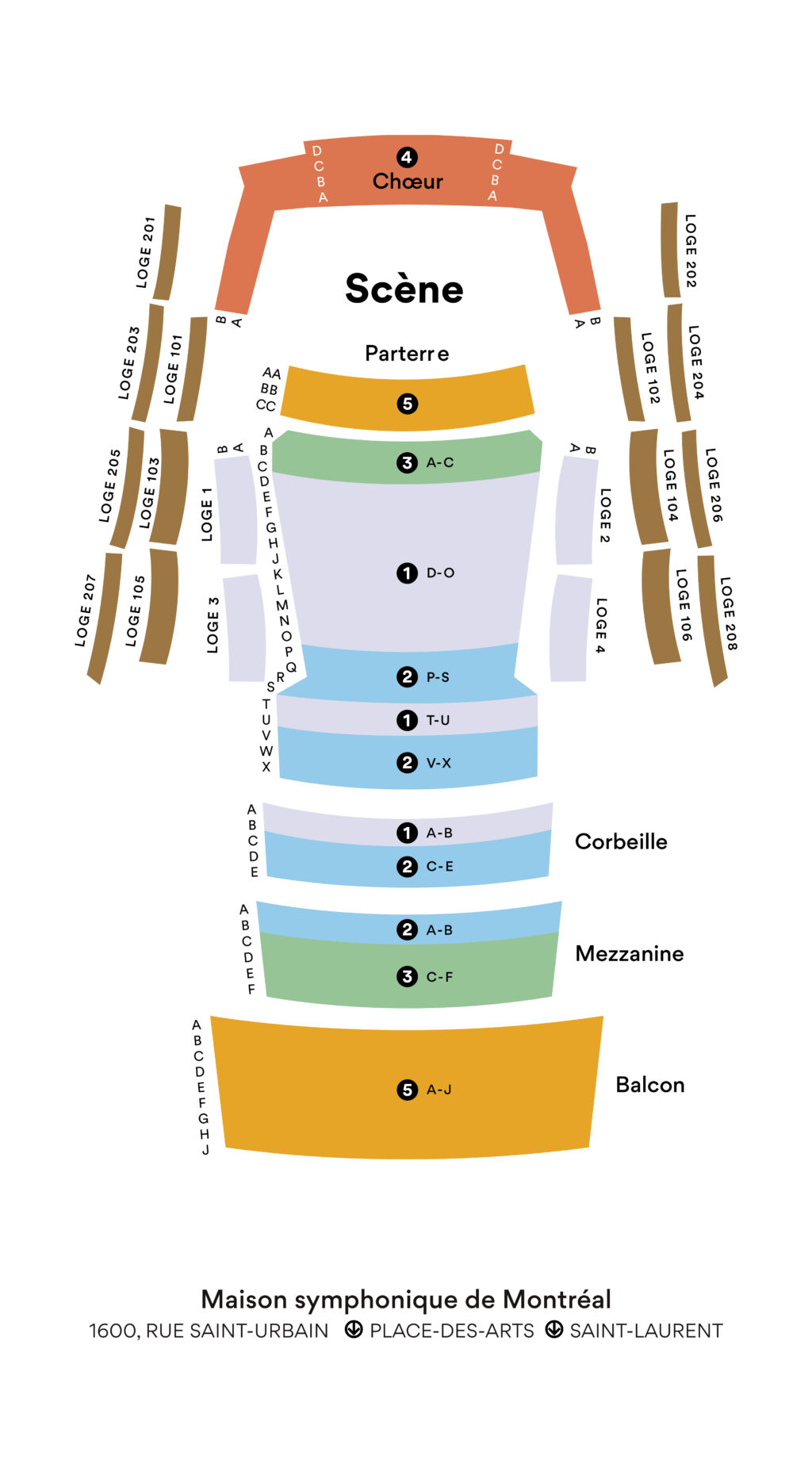La Mer
Debussy
1862 – 1918
Cleaving to the ancient notion that art should, above all, imitate nature, composers have often attempted to depict in music not only creatures and the elements but also human activity. In the 18th century, a number of concertos, symphonies and opera arias evoked the sea and its storms – reflecting the turmoil of the heart – through rapidly rising and descending scales over a rumbling bass, musical clichés that composers deployed with greater or lesser skill. Though program music and symphonic poems would have their heyday in the following century, Claude Debussy’s La Mer is far more than its simple title would seem to indicate.
Debussy began composing the work in 1903 during a stay in Burgundy, giving it the subtitle Trois esquisses symphoniques (Three symphonic sketches). He confided to André Messager that “While the ocean doesn’t exactly lap the hills of Burgundy… I have innumerable memories. They are worth more than a reality that in general weighs too heavily on one’s thoughts.” However, it was from Dieppe on the English Channel that Debussy wrote his publisher Jacques Durand, whom he had kept waiting due to a bad case of the flu, that “I still have to complete the orchestration, which is as tumultuous and varied as… the sea!”
The work’s premiere, in October 1905 at the Concerts Lamoureux, was far from a success. Not only was it poorly conducted but critics tore it apart. Incomprehension was a common reaction, with Pierre Lalo of Le Temps writing “I have the impression of standing, not in front of nature but of a reproduction of nature… I do not hear, I do not see, I do not smell the sea.” The reception was somewhat less chilly when Debussy, though considered a mediocre conductor, led a performance in January 1908 at the Concerts Colonne.
What was Lalo expecting? An evocation with a few recognizable clichés? A Romantic vision of the unleashed forces of nature? As Vladimir Jankélévitch notes, “Debussy’s music is not characterized by a descriptive function but rather by a suggestive energy, and this power of suggestion he achieved has an irresistible magical force… There is a harmonic sensuality and especially a fondness for sonorities that make his the complete opposite… of any introverted subjectivity.” Using unprecedented means, going beyond imitation, Debussy seeks to arouse in the listener the same emotions, the same effects, as would contemplating the sea over the course of a day.
In a completely original musical language, the work materializes “without needless repetition or a true thematic unity… yet following a finely drawn and balanced plan,” remarks François-René Tranchefort. Far from formal constraints, there are developments that are more commentary than elaboration, seemingly cyclical themes that actually aren’t, a harmonic sense and series of tonalities that blur the paths, while woodwinds, brass (sometimes muted), harps, various percussion instruments and strings appear in constantly changing combinations. As Jean Barraqué notes: “The music becomes a mysterious and secret work that reinvents and destroys itself in an uninterrupted outpouring that allows the work somehow to self-propel, without relying on a preestablished model.”
The first movement, De l’aube à midi sur la mer (From dawn to midday on the sea), begins with a slow introduction evoking the coiled power of the ocean at rest. The waves then come to life “dans un rythme très souple” (in a very supple rhythm), building “un peu plus mouvementé” (with somewhat more movement) until the final burst of day at its zenith. In the second movement, Jeux de vagues (Play of the waves), time is suspended to make room for the glittering of the sun’s rays on the quivering liquid surface. In the finale, Dialogue du vent et de la mer (Dialogue between the wind and the waves), the wind rises, its din in opposition to the ocean’s constant, tormented swells, interspersed with occasional moments of calm, until its final triumph, bringing to a close a work that remains “a pillar of the entire symphonic repertoire.”
© François Filiatrault
Translation by Craig Schweickert
